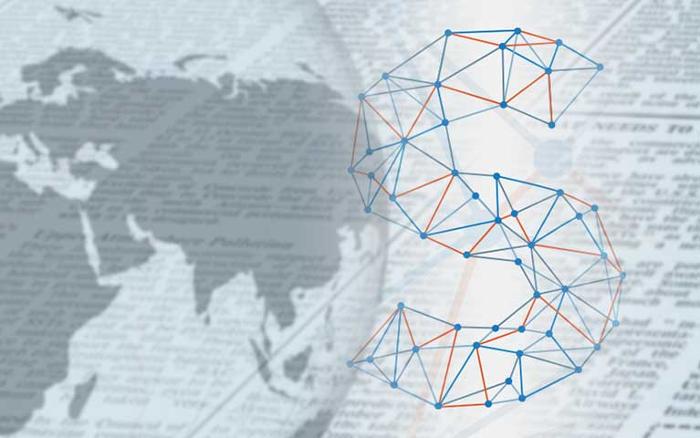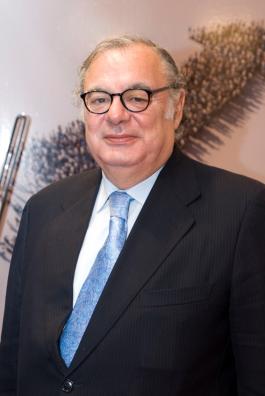

The firefighting sector is hard at work on digitalisation, climate change measures and economic recovery
The second ‘Fire Day’ seminar for the firefighting sector brought creative solutions anticipating new challenges facing professionals and society, to ensure quality and safety across all areas of firefighting. Adrián Gómez, president of TECNIFUEGO, stated that the strategy for the future of the sector involves the digitalisation of companies, preventive measures against climate change and economic recovery.
The event focused on topical issues for analysis and debate, generating ideas and looking toward the technologies and trends of the future. The companies and industry professionals who make up TECNIFUEGO, the Spanish Association of Fire Protection Companies, presented documents, reports and studies to serve as professional guidelines, alongside opinions and recommendations on the quality and effectiveness of systems, as well as the opportunities offered by new circumstances and urban planning to renovate and fine-tune safety systems in all types of buildings.
During the official opening session, Adrián Gómez, the president of TECNIFUEGO, briefly mapped out the current landscape, pointing out challenges, forecasting trends and sharing his strategy for the future, which ranges from the digitalisation of companies, through preventive measures against climate change to economic recovery. ‘These are the pathways that need to be followed by a crucial sector that safeguards life, goods and the environment’.
Disaster Prevention Engineering
One of the topics discussed was The understanding of natural disasters, presented by Rafael Sarasola, coordinator of the Engineering, Installation and Maintenance Committee of Passive Protection Systems at TECNIFUEGO. This highlighted the vulnerability of buildings and infrastructures to natural disasters such as the recent Storm Filomena, which brought attention to climate change and its consequences, and the need to anticipate and prepare for new climate risks.
As part of this preparation, the speaker advocated the creation of a new qualification in Disaster Prevention Engineering, to help prevent and offer solutions to these risks, ‘since these are not well defined in the current regulations, and the standard solutions are not sufficient when diverse and extreme situations enter the picture. Because of this, we need to take into account the additional and variable exigency of disaster in our buildings. We need to parameterise to reduce risks, as well as modelling wherever possible, since compartmentalisation, structural support and evacuation are all affected by this new variable’.
Forest fires
Another speaker offered detailed insight into the Increased risk of forest fires after Filomena. Ramón Maria Bosch, coordinator of the Forest Fire Equipment Manufacturers’ Committee at TECNIFUEGO, warned that the impact of climate change on forest fires generates unpredictable phenomena. ‘Complexity needs to be managed and special attention paid to the wildland-urban interface (WUI), where fire risk requires the implementation of self-protection measures’. The WUI requires monitoring at three levels: macroscale (large-scale forest management strategies), mesoscale (reduced ignition areas, water availability) and microscale (self-protection and shelters).
During the Q and A session, Bosch pointed out that land management and planning to prevent forest fire has taken on new meaning, insisting: ‘we need regulations, emergency plans, incentives for rural action... we cannot turn our backs on forest land and treat it as merely decorative’.





